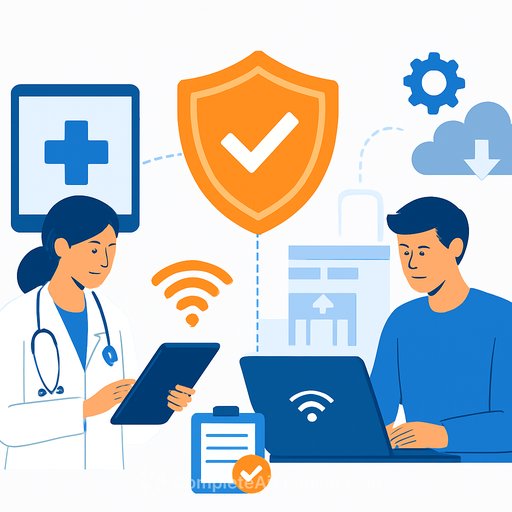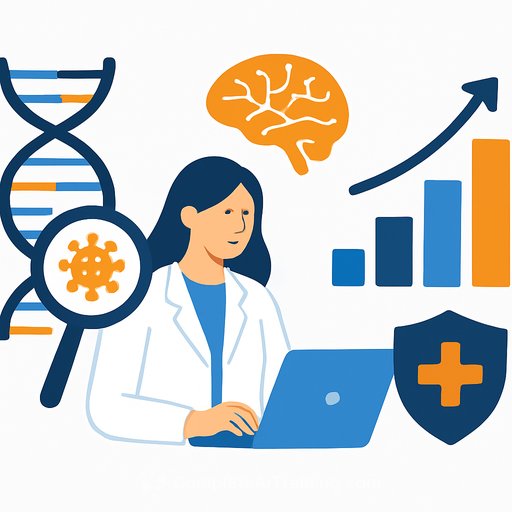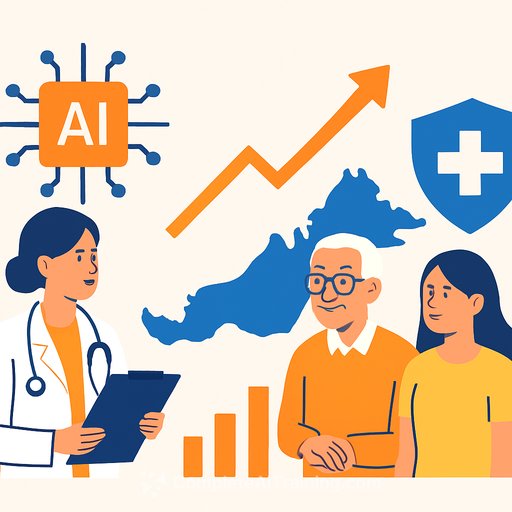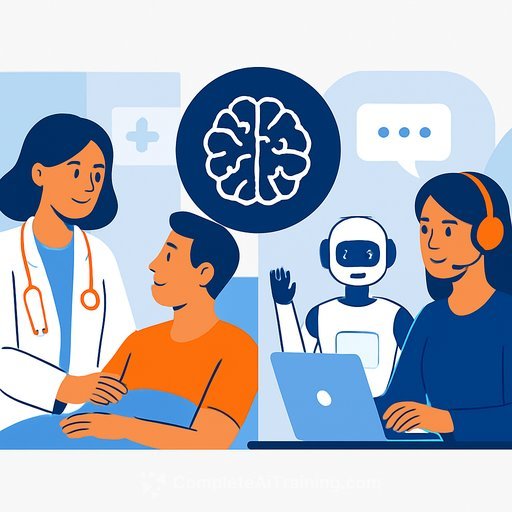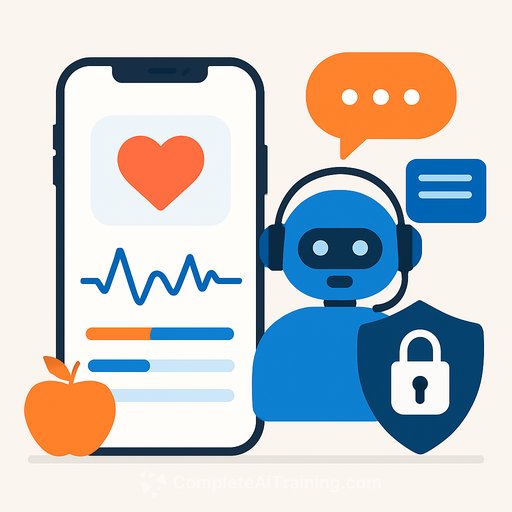SOTI unveils AI-driven upgrades for resilient Australian healthcare
SOTI has rolled out upgrades to the SOTI ONE Platform aimed at one thing: keeping critical devices online so clinicians can do their jobs without tech getting in the way. The focus is tighter visibility, faster troubleshooting, and stronger endpoint security across hospitals, clinics and aged care.
It's a timely move. SOTI's latest research shows 99% of Australian healthcare IT leaders still depend on outdated systems. Most use connected devices or telehealth, yet 77% run them on non-integrated stacks-slowing response times and making support harder than it needs to be.
Why this matters
- Operational drag: 39% of respondents spend too much time resolving incidents.
- Limited reach: 43% can't deploy or manage new mobile devices/printers, and the same share say remote support often isn't possible.
- Security exposure: 53% highlight vulnerabilities tied to legacy infrastructure; since 2023, 43% have faced ransomware or DDoS attacks. Data security is the top concern for 35%.
"Healthcare organisations are under immense pressure to innovate, yet legacy infrastructure continues to hold them back," said Michael Dyson, VP of Sales, APAC at SOTI. "Our goal is to empower healthcare organisations to focus on what matters most: supporting their staff and delivering effective patient care."
What's new in the SOTI ONE Platform
- Stella, the AI assistant: Built into SOTI MobiControl and SOTI XSight, Stella gives IT teams conversational troubleshooting and voice-driven access to device information. It draws on device telemetry, diagnostics, and the SOTI Pulse library to provide real-time answers that speed decision-making during clinical operations.
- Real-time oversight in XSight: Live View, automated alerts, and analytics for battery and network health help teams spot issues before they disrupt workflows. Remote support via chat, voice, and video shortens time-to-resolution when devices fail on the ward.
- Security and compliance controls: MobiControl and SOTI Snap now let IT create custom device lockdowns by department, role, or use case-no advanced coding required. Devices can be restricted to approved apps and content, enrolled via SOTI Identity using QR codes or NFC, and automatically locked if they leave a defined perimeter or lose contact with central control. XSight analytics provide full visibility to monitor compliance and productivity.
Policy and funding context in Australia
Legislative changes are making My Health Record integration a must-have, while the 2025-26 Federal Budget includes new funding for digital health infrastructure. If you're modernising endpoints or consolidating systems, these updates strengthen the case to move faster and standardise.
How this helps on the floor
- ED and ICU: See battery and network health in real time on scanners and carts. Trigger alerts before devices die mid-rounds.
- Inpatient wards: Use remote support via voice or video to guide nurses through a fix without leaving the bedside.
- Aged care and community: If a device leaves its secure zone or disconnects from control, it locks automatically-protecting patient data outside facility walls.
Practical steps for healthcare IT leaders
- Map device coverage: List critical endpoints by department (nursing stations, theatres, pharmacy, logistics) and define what "up" means for each.
- Stand up Live View and alerts: Track battery health, Wi-Fi signal, app crashes and data usage. Start with threshold-based alerts for high-traffic areas.
- Standardise lockdown templates: Create role-based profiles (e.g., nurse, registrar, porter) with approved apps and content. Apply during enrolment for zero-touch setup.
- Pilot Stella for tier-1 support: Route common tickets (enrolment issues, Wi-Fi drops, printer pairing) to Stella and measure time saved.
- Measure what matters: Monitor time-to-resolution, first-contact fix rate, device uptime, and security incidents per 100 devices. Review weekly, adjust policies monthly.
- Document compliance: Use XSight analytics to export audit trails that show device status, patch levels, and policy adherence ahead of assessments.
What to watch next
AI-driven troubleshooting and automated lockdowns will become baseline expectations as device fleets grow. The immediate wins are fewer escalations, fewer walk-ups, and fewer surprise outages.
The bigger story is resilience. With clearer visibility and policy-driven control, clinical teams get reliable tools, and IT gets the levers to support them at speed.
If you're building AI capability across healthcare and IT roles, explore curated learning paths: AI courses by job.
Your membership also unlocks:

